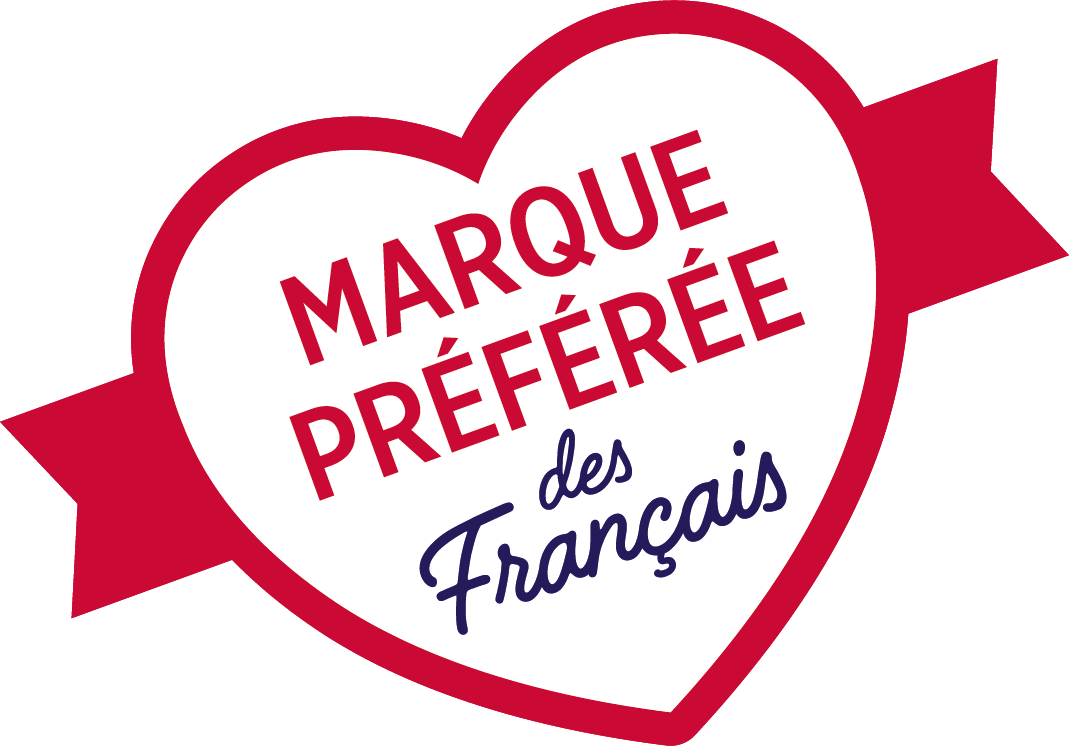DOM PÉRIGNON VINTAGE 2015
Ref : 500643
i.e. 319.87 € / liter
Select a store to access the availability of this product in the store of your choice
Our oenologists' opinion
Powerful bouquet
A clear, bright, light green yellow, this wine has an initially reduced nose that gradually opens up to aromas of almond and hazelnut.
On the palate, it is full-bodied and vinous, with a generous, expressive bouquet.
Robe
Light Straw
- Keeping level Ready to drink
-
Grapes
Pinot Noir
Chardonnay
Our food and wine pairings
- Cake
- Apéritif
Features
Body ? The body is the way a wine feels inside the mouth. Several factors, such as the alcohol content and the presence of tannins, contribute to the feel of the wine.
Freshness ? The freshness of a wine is defined by its level of acidity. Unlike rounded wines, fresh wines are easy to drink, and are more lively. Acidity plays a necessary part in a wine's structure.
Aging ? All wines do not have the same aging potential. Some are supposed to be consumed at a young age while others must be kept for longer periods of time.
Do you know ?
In the 17th century, the monk Dom Pierre Pérignon had the ambition to create ‘the best wine in the world’.
This daring visionary even invited himself to sit at the table of the Sun King, who was won over by the quality of his wine.
Three centuries later, Dom Pérignon continues the vision and work of this exceptional craftsman, considered to be the spiritual father of champagne.
Dom Pérignon vintages are made from the best grapes on the estate.
Translated with DeepL.com (free version)
Domain and appellation
-
DOM PÉRIGNON
Dom Pérignon champagne takes its name from the famous monk and cellar master of the Abbey of Hautvillers in 1668, Pierre Pérignon, known as Dom Pérignon. According to legend, Pierre Pérignon discovered what we now call the Champenoise method.
He taught this method in 1669 to the Benedictine Thierry Ruinart, which enabled Ruinart to historically become the first Champagne house in 1729.
-
Main grape
Pinot Noir -
Grapes Pinot Noir, Chardonnay
-
Grapes
- Pinot Noir
- Chardonnay
Your cellarman's advice
-
R DE RUINART BRUT  Sparkling wineChampagne Champagne AOC56, € 00 56.00
Sparkling wineChampagne Champagne AOC56, € 00 56.00i.e. 74.67 € / liter
Bottle 75 cLDelivery in 24/72h -
RUINART BLANC DE BLANCS  Sparkling wineChampagne Champagne AOC92, € 50 92.50
Sparkling wineChampagne Champagne AOC92, € 50 92.50i.e. 123.33 € / liter
Bottle 75 cLDelivery in 24/72h -
Champagne Laurent-Perrier La Cuvée Brut  Sparkling wineChampagne Champagne AOC42, € 90 42.90
Sparkling wineChampagne Champagne AOC42, € 90 42.90i.e. 57.2 € / liter
Bottle 75 cLDelivery in 24/72h

